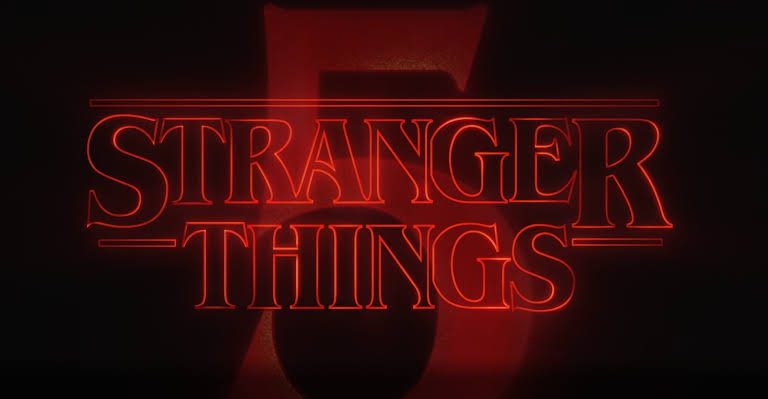Matt Reeves’ The Batman overcame significant hurdles to carve out its own identity in an already crowded field of Caped Crusader adaptations. With so many iterations of Batman—from Adam West’s campy portrayal to Christian Bale’s gritty realism—many wondered if audiences really needed yet another take. However, The Batman proved to be a refreshing and deeply immersive take on Gotham City, standing out thanks to its grounded storytelling, psychological depth, and a uniquely sinister interpretation of The Riddler (Paul Dano).
One of the film’s most fascinating elements is how it connects its hero and villain through Carmine Falcone (John Turturro), Gotham’s ruthless crime boss. While Falcone has often been portrayed as a secondary antagonist in Batman’s universe, Reeves makes him a central figure, subtly influencing not just Bruce Wayne’s transformation into Batman, but also The Riddler’s descent into madness.
The Riddler’s Complex Evolution in Adaptations
Translating The Riddler from comics to the screen has always been a challenge. Debuting in Detective Comics #140 (1948), Edward Nygma had a distinctive look and an intriguing gimmick, but often struggled to stand out in Batman’s rogues’ gallery. The problem? A character defined by intellect and riddles requires exceptionally smart storytelling to match his supposed genius.
The most famous early adaptation was Frank Gorshin’s portrayal in Batman ’66. His manic energy and psychotic laughter left an indelible mark on the character, but also trapped The Riddler in a campy, over-the-top persona that later versions struggled to break away from.
Subsequent iterations varied in quality:
• Jim Carrey’s performance in Batman Forever (1995) leaned into his usual zany comedic style but lacked depth.
• John Glover’s version in Batman: The Animated Series refined The Riddler into a calculating genius, though he was used sparingly because writing riddles that truly challenged Batman was difficult.
• Cory Michael Smith in Gotham provided a fresh take, depicting Edward Nygma’s slow descent into villainy with an emotional core, forming a toxic but fascinating dynamic with Robin Lord Taylor’s Penguin.
Paul Dano’s version, however, broke free from past interpretations, redefining The Riddler as a terrifyingly methodical serial killer with a deeply personal vendetta against Gotham’s elite. And that’s where Falcone comes in.
Carmine Falcone: The Hidden Puppet Master of The Batman
Unlike The Riddler, Falcone has always been an adaptable character—a cipher who can serve any crime story in Gotham. First appearing in Batman: Year One (1987), Falcone represented Gotham’s old-school organized crime, destined to be overtaken by Batman’s more theatrical villains. He played a similar role in The Long Halloween, where his reign over Gotham crumbled as the city’s corruption-fueled crime war escalated.
Reeves’ The Batman integrates Falcone as the linchpin of Gotham’s corruption, directly affecting multiple major characters:
• Selina Kyle (Zoë Kravitz) is revealed to be his illegitimate daughter, complicating her quest for vengeance.
• The Penguin (Colin Farrell) operates under him, awaiting the opportunity to seize power.
• Bruce Wayne’s father, Thomas Wayne, had dealings with Falcone that indirectly led to his and Martha Wayne’s deaths.
Most intriguingly, Falcone’s influence may extend directly into The Riddler’s origin.
Did Carmine Falcone Create The Riddler?
While the film doesn’t explicitly confirm it, a fan theory suggests that Falcone may have personally contributed to Edward Nashton’s transformation into The Riddler. The theory hinges on the murder of journalist Edward Elliot, who was investigating Thomas Wayne’s past when Falcone had him silenced.
There’s speculation that Elliot was actually Nashton’s father, meaning that Falcone’s actions left Edward an orphan, sending him into Gotham’s brutal foster system—the very system that turned him into the vengeful, unhinged figure we see in the movie.
Though The Batman never directly states this, screenwriter Peter Craig has acknowledged that this level of detail was deliberately built into the film’s world. Whether this connection is made explicit in a future sequel remains to be seen, but it would further solidify the eerie parallels between Bruce Wayne and Edward Nashton:
• Both are orphans shaped by Gotham’s corruption.
• Both have a deep hatred for the city’s elite.
• Both operate outside the law to enact justice (albeit in drastically different ways).
• The only real difference? Bruce had wealth and privilege, while Edward was left to rot in Gotham’s broken system.
The Riddler’s Obsession with Batman: A Mirror of Two Orphans
The most compelling aspect of Dano’s Riddler is his fixation on Batman, not as an enemy, but as an ally—at least in his own mind. He believes they’re fighting the same battle against Gotham’s corruption, and his killing spree is meant to aid Batman’s cause.
This tragic misconception is central to the film’s message: without guidance, pain and loss can create either a hero or a villain. Falcone shaped both Bruce and Edward’s destinies in different ways, but only Bruce managed to resist the urge for revenge and instead seek true justice.
This chilling dynamic makes The Batman one of the most psychologically rich takes on Gotham’s dark world yet. Whether or not the theory about Nashton’s parentage is confirmed, the film’s careful world-building and character-driven storytelling elevate it far beyond just another superhero movie.
And with The Batman – Part II on the horizon, we may yet see how deep the connection between Bruce Wayne, Carmine Falcone, and Edward Nashton truly goes.





